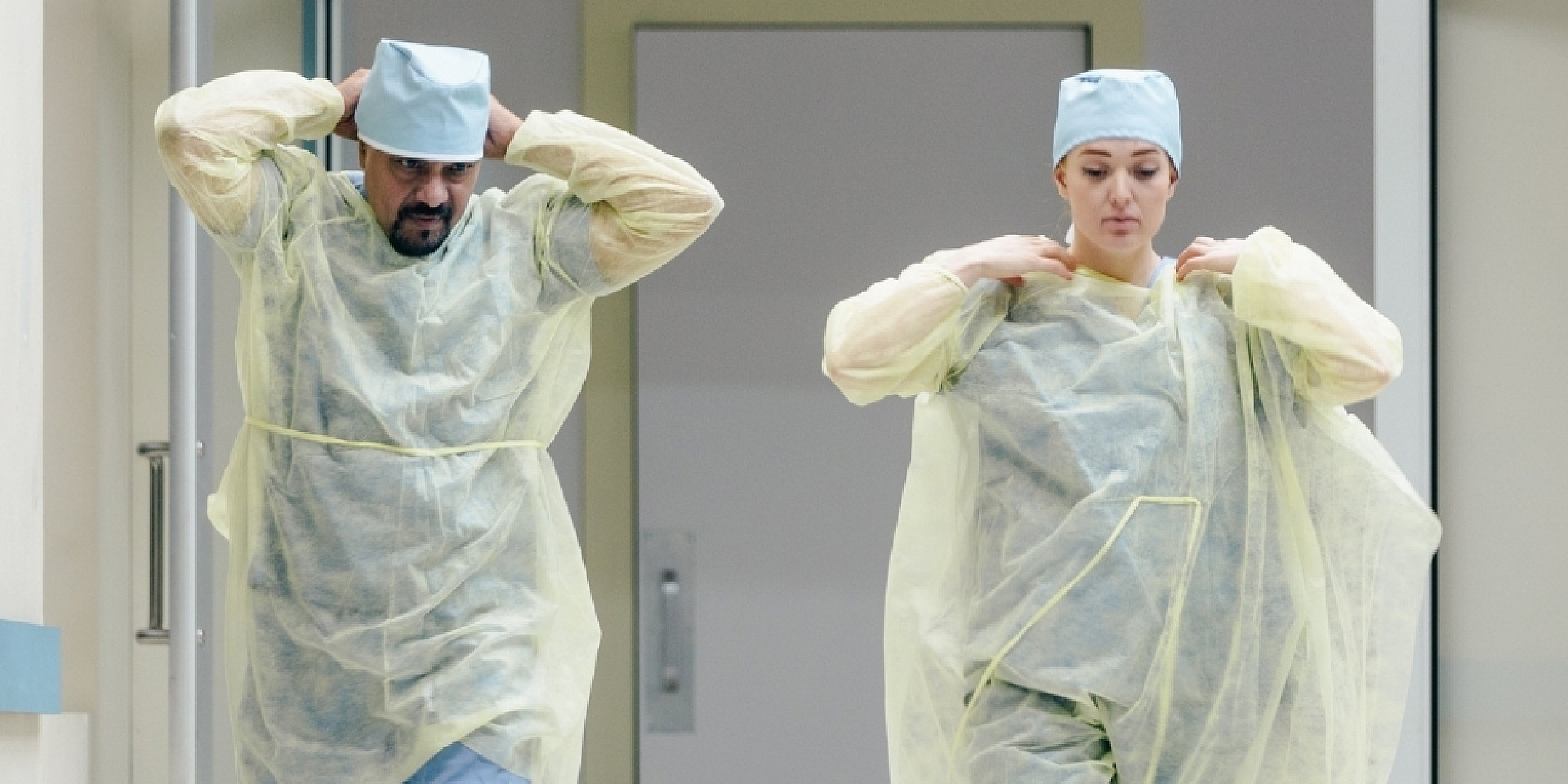Using Analytics to Allocate Elective Surgery Resources during the Pandemic

The pandemic has had a major impact on health care. Earlier this year, hospitals were forced to halt non-urgent services such as elective surgeries. While the numbers of COVID-19 cases gradually dropped during the summer, Ontario hospitals are still working hard to resume elective services. It hasn’t been easy: thousands of patients have been waiting for surgeries that were cancelled or postponed.
COVID-19 hasn’t gone away, either. Health care managers and professionals still face uncertainty as they make decisions around elective surgeries. They must not only consider the patient situation and the nature of the procedure but also the supply and use of scarce resources such as masks, gowns and other personal protective equipment (PPE). Efficient resource use and distribution can make a critical difference.
The team’s solution
Working with The Ottawa Hospital’s orthopedics division, a team of Telfer researchers has come up with a tool to help health organizations seeking to distribute and use PPE and other surgical resources efficiently. Sajjad Dehnoei and Dr. Stephen Kingwell, students in the MSc health systems program, worked with Professors Antoine Sauré and Wojtek Michalowski. Kingwell is also an assistant professor at the Faculty of Medicine and a surgeon in the Ottawa Hospital’s orthopedics division.
The research team analyzed data on PPE and other resource supply, usage and availability during the elective surgery shutdown in the orthopedics division. Based on this information, they developed an analytics tool that not only helps health managers and professionals resume elective surgeries but also considers the limited availability of PPE during the pandemic.
Help in making complex decisions in a rapidly evolving scenario
The challenges faced by health professionals and managers represent a classic resource allocation problem, one that can be addressed by what analytics researchers refer to as a “knapsack” model. For Sauré, this model “is useful for situations in which decision makers are given a limited capacity, a set of items to account for, their capacity requirements and benefits. He offers an example: “Think of the hospital that has to conduct several elective surgeries but faces limited availability of PPE.” After analyzing the requirements for each surgery, health managers and professionals must determine what to include in a portfolio of services (the “knapsack”) to offer the best outcome for all and use limited resources efficiently.
Hospital managers must consider very complex information as part of their normal decision-making. However, this has become even more challenging given the unpredictable nature of a pandemic. Because of recurring supply chain issues, reduced staff and increased use of PPE during the first wave of the pandemic, many hospitals have struggled to get elective services up and running. The availability of PPE and other surgical resources may still change in the months ahead, depending on how the pandemic evolves.
The tool developed by Telfer professors and graduate students allows health care managers and professionals to simulate different “what-if” scenarios. “(It) accounts for a pre-specified use of PPE for a variety of orthopedic surgeries and helps determine the number of procedures of each type that can be conducted based on the availability of PPE,” explains Sauré.
The team is currently upgrading the tool to sync it with the actual COVID caseload at the Ottawa Hospital. Once upgraded, it should automatically update information about the availability of PPE and other resources.
Impact
The researchers mention two major benefits of the tool. “First, the model can help The Ottawa Hospital optimize the use of PPE in the operating room,” says Kingwell. Second, it could be used to more effectively plan elective surgeries going forward. “It’s anticipated that waves of COVID-19 cases will affect scheduling of surgeries, so there might be ramp-ups or reductions,” adds Kingwell. Using the tool, hospital managers could quickly re-adjust the allocation of resources for different types of surgeries, an outcome that could improve the patient experience.
This research project has also enriched the student experience. For Dehnoei, it’s been “a thrilling opportunity” to be involved. “As a graduate student, I learned a lot about the challenges of doing practical research, especially in the health care analytics field.” He also discovered that “research can play a crucial role facilitating decision-making for health care organizations.”
Once fully developed and tested, the model could be implemented in other surgical departments during COVID-19 and support their health care managers in developing safer, more effective plans to allocate PPE and other elective surgery equipment.